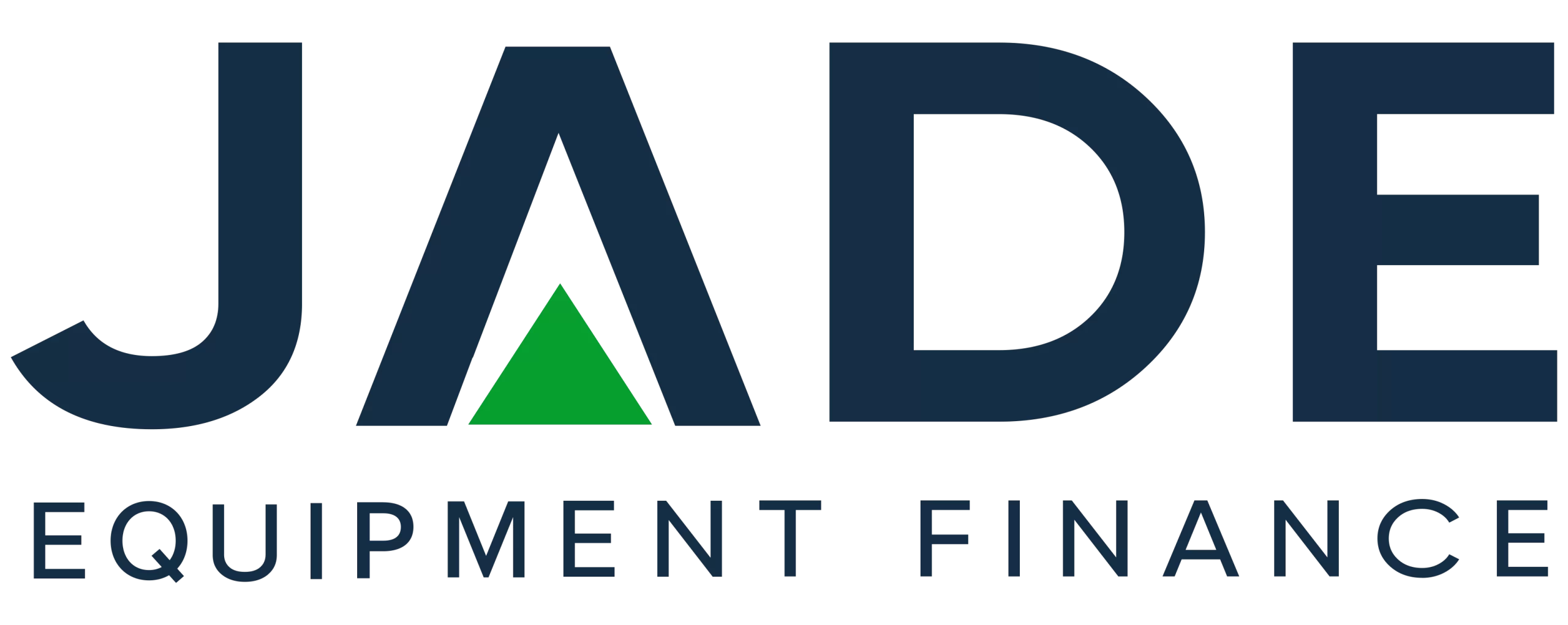While the Greater Sydney building and construction sector was officially back on site and back on the tools after a shock shutdown, the reality was not totally positive as the sector continues to feel the pressures on several fronts. Jade Equipment Finance details how shutdowns and price squeezing highlight the important of cheap equipment finance.
Many sites were unable to restart at full capacity after the 14 day shutdown as many of the trades and other workers remained under stay-at-home orders in the outbreak hot spots. Others will no doubt be counting the costs incurred and how that will affect matters moving forward.
Shocked by the surprise shutdown order, many operators will likely be having a good hard look at many aspects of their operations and taking steps to shore-up their footings, aka finances, against any further unexpected interruptions.
While the sector has been a highlight in a period of multiple lowlights, recent data reveals the growth experienced in recent times has started decelerating. The Australian Performance of Construction Index fell in June after reaching historic high levels just three months earlier in March. While still assessed to be in a phase of expansion, the growth trajectory is seen as stabilising.
While industry-wide data is interesting and very relevant to some organisations, for SMEs and smaller operators, their main priority is their own sphere of activity. Maintaining profitability in what has become somewhat of a volatile scenario.
Taking a whole-of-business review of costs can start with an assessment of current and future equipment financing arrangements. For many operators, their equipment and machinery is their business. Operating as contract owner-operators of dozers and other excavation equipment, cranes and other machinery. For these businesses, upgrading and renewing machines to be in pole position to win tenders and contracts is a recurring and ongoing part of managing the business. The costs of financing that equipment by way of the monthly loan repayments, can be the major single outgoing.
Containing and Reducing Finance Costs
Keeping a lid on finance costs starts with choice of lender when securing loans for new equipment. Choice of lender can ensure the cheapest interest rate is secured. This pivotal loan element determines the overall cost of the financing and can vary significantly across the equipment lending market.
Banks and non-bank lenders set their rates for equipment finance based on a number of factors including their risk assessment of a sector, their interest in financing that industry and their own costs of funding as well as the official cash rate. Lenders that specialise in say construction equipment finance typically offer cheaper rates. But accessing these specialist finance sources often requires going through lenders such as Jade Equipment Finance. Some specialty non-bank lenders only operate through industry channels.
Achieving the cheapest interest rate finance is a fundamental step in ensuring the costs of finance are kept to a minimum.
The interest rate offered to individual businesses also include a risk assessment of that business. That includes a review of the credit score. So operators can take their own steps towards better loan offers by keeping their credit profile in good standing by making credit, loan, supplier and utilities payments in a timely way.
One myth which persists in lending is that businesses that apply for low docs and no docs will have to pay more for their equipment finance. This is not necessarily or always the case. Low docs and no docs equipment finance applicants can be offered cheap interest rate loans if they have a good credit profile and meet other lender criteria. If you are in the market for this type of finance, please speak with us as to how we can assist you.
Structuring Finance to Hit Targets
How a finance deal is structured is fundamental to achieving the finance objectives of the business. Some will be looking for the lowest possible monthly repayments to keep pressure off cash flow while others will be seeking to reduce the debt as quickly as possible.
Achieving both these objectives involves working with your lender or Jade consultant in structuring the deal effectively in relation to the finance term and any residual amount. The shorter the term the larger the monthly repayments will be but the faster the debt will be finalised. Opt for a longer term to achieve a lower monthly repayment but be aware that the total interest charged will be higher as the loan is taken over a longer timeframe.
The residual also plays a part in increasing or decreasing the repayments. This is due to be paid at the end of the loan term and if that coincides with upgrade time, you would want the value of the equipment at that point to be in line with what is owed.
Refinancing Existing Contracts
If, on reviewing your existing equipment finance contracts, you can see opportunities to potentially reduce your loan costs, refinancing could be a potential solution. Interest rates are currently at historic lows and possibly lower than when you secured your current finance deal. When sourcing quotes for refinancing, your Jade consultant will point out any fees and charges associated with the changeover and our policy is not to recommend proceeding if the outcome is not of our benefit to our customer.
Equipment finance contracts can be for as long as 7 years. On the back of what has been occurring lately across many industries, it is a timely reminder of the importance of securing the cheapest finance at the outset, when the equipment is acquired. This can be extremely important in containing outgoings for the ensuing years ahead and during unprecedented and unexpected periods when work is shutdown.
Contact Jade Equipment Finance on 1300 000 003 to discuss your equipment finance.
DISCLAIMER: IF MISINTERPRETATIONS, MISREPRESENTATION OR ERRORS EXIST IN THIS ARTICLE, NO LIABILITY IS ACCEPTED. THE INFORMATION IS PROVIDED ONLY FOR GENERAL PURPOSES AND NOT IN ANY MANNER INTENDED AS THE ONLY SOURCE FOR MAKING FINANCIAL DECISIONS. THOSE THAT CONSIDER THEY REQUIRE ADDITIONAL GUIDANCE OR ADVICE SHOULD REFER TO AN INDEPENDENT FINANCIAL ADVISOR.


